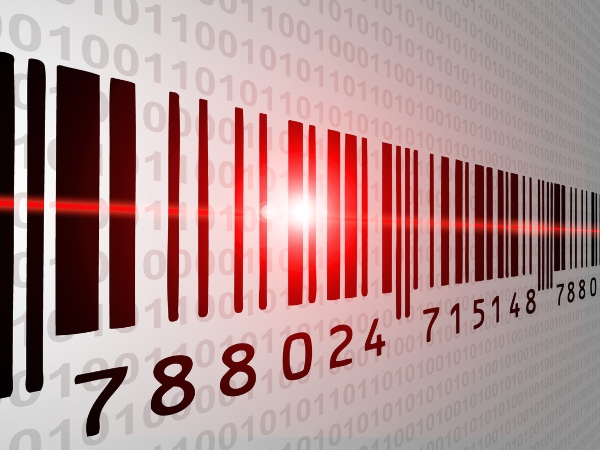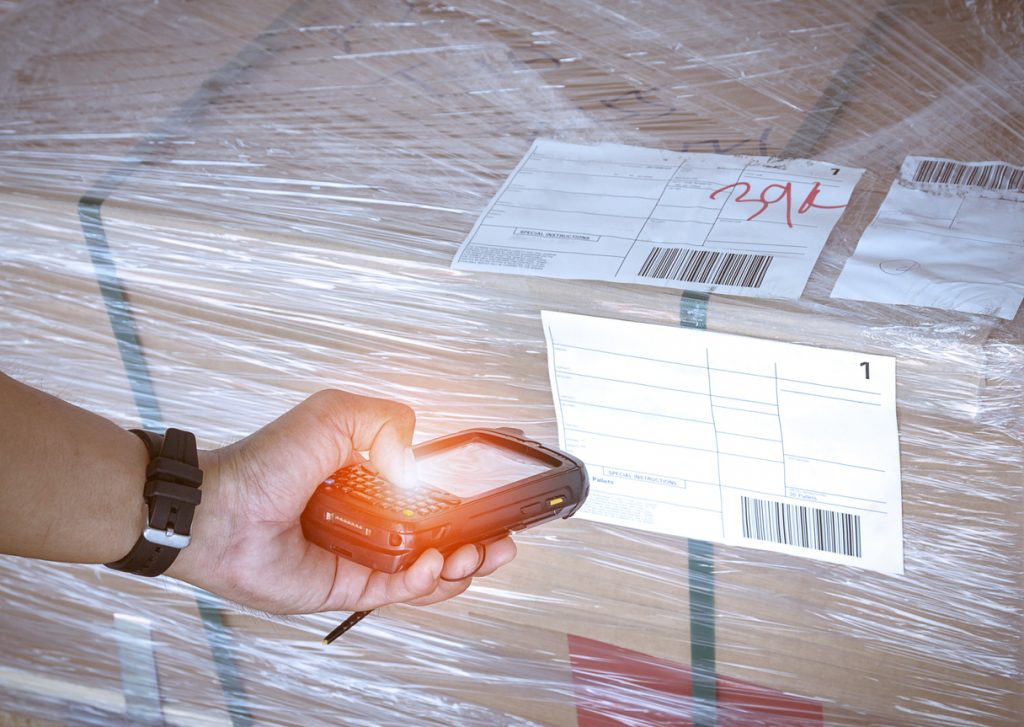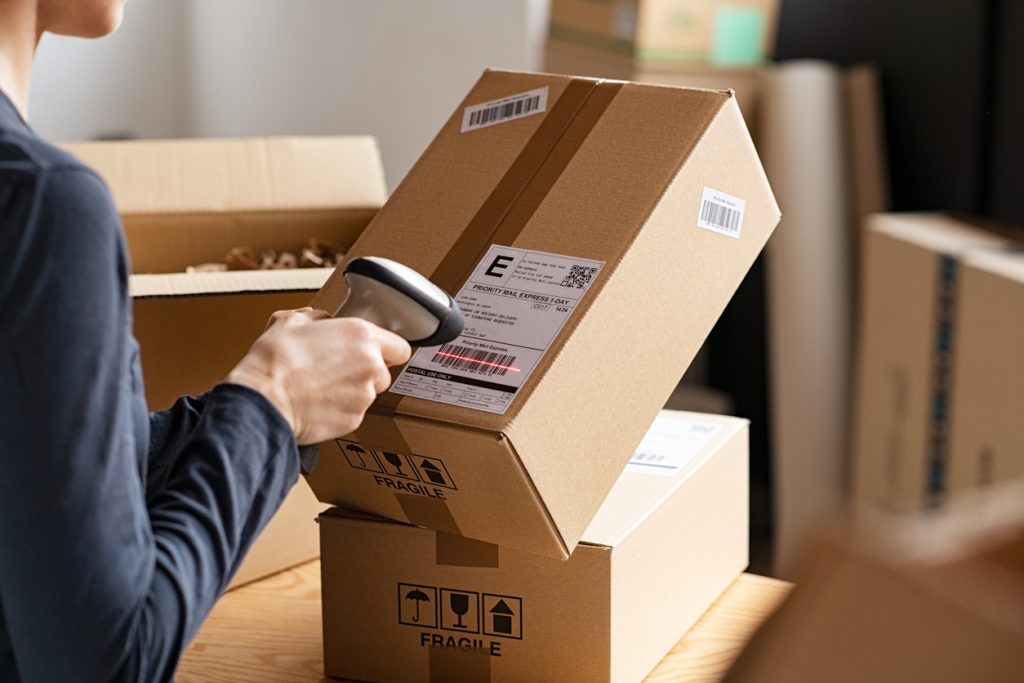
Running a warehouse, operating a functioning factory, and even purchasing your weekly shopping at the supermarket has never been easier now, thanks to the incredible practicalities of a barcode.
Everything from cereal packets to library books has a barcode. They may seem simple and often go unnoticed in our daily lives, but these black and white zebra stripes are essential to the smooth running of many operations. So, while we see the humble barcode every day, do you ever stop to think how they actually work?
The Invention of the Barcode
There’s no doubt that the invention of barcodes has made life much easier. Before we had barcode technology, our processes and structures were somewhat simpler. However, while they were manual, they caused more errors, and data wasn’t as accurate as it is today.
Norman Joseph Woodland and Bernard Silver initially invented the barcode in 1948 to make reading product information much easier during checkout processes. The initial prototype used ultraviolet ink; however, this didn’t operate as the pair had hoped. While the first attempt didn’t entirely work out, it didn’t stop the inventors from trying again. They adapted a version made from the structure of Morse code, where they utilised dashes and dots.
To read the barcode, an incandescent light bulb would shine light over the barcode pattern, through the paper and then onto a super-sensitive light detector. The black lines on the barcode absorb the light, and the white parts of the barcode would shine through and be detected.

How Do Barcodes Work in the Present Day?
The modern-day one-dimensional barcode is read using a scanner. This scanner sends out a laser that detects the pattern. When the laser of a particular frequency sweeps across the barcode, some light is absorbed while the rest reflects.
Dots and Lines
While a computer can trump the human brain in many ways, they can still only essentially read binary or base 10; 0’s and 1’s. This is one of the main reasons a barcode looks the way it does. Think of the black and white as 0’s and 1’s, or on and offs.
Considering what we know about the light reflection, the black parts don’t reflect very well; therefore, they are recorded as a 1. However, the light scanner recognises the white sections, so they are seen as 0’s.
What Do the Numbers on a Barcode Mean?
Most barcodes display a twelve-digit number, usually printed underneath as a backup for possible complications. Here are what the numbers represent:
First Number: Product Type. The product type is typically denoted by 0,1,6,7 or 8.
Following 5 Numbers: The Manufacturer Code. The five numbers are a unique code that identifies the manufacturer or distributor of the product.
Following 5 Numbers on the Right: Product Code. This part of the code is unique to the individual product.
Final Number: Check Digit (a Self-Policing System). The final digit of a barcode number is a computer check digit which makes sure the barcode is correctly composed.

The barcode scanning system detects the amount of light, which is then translated into a set of digits or data. Information can be retrieved from a computer database using this data.
What Does a Barcode Do?
Each element of a 1D barcode (1 digit in barcode language) is divided into seven vertical modules consisting of individual bars and spaces. The computer interprets these groups as 1 digit only. For example, the number 1 is 0011001 (or a series of spaces and bars). So, while you may not necessarily notice it, there are, in fact, 95 evenly spaced columns on each barcode, all with separate detailed data.
However, there are a variety of diverse types of barcodes. The most common type is UPC or Universal Product Number restricted to around 20 alpha-numerical characters. Any more than that would need a QR (2D Barcode) code.
Essentially a barcode is a way to encode information in a visual pattern that a scanner can read. It is a rapid way of inputting numerical data, and there is no doubt that they make processes much easier and quicker.
Barcoding Systems for Companies
For companies, barcodes play a crucial part in shipping and tracking items. They can also be used to manage stock as a barcode can keep track of the number of products in storage. The barcode is utilised in many industries, from health care and classifying unique patient IDs to clothing and grocery retailers for product identification. It is clear that shopping experiences would be much more difficult without the barcode.
If you are ready for a total integrated barcoding system for your business, GSM Barcoding can help. Our asset tracking systems and barcode label printing are ideal for assisting companies manage their stock and product identification. Ready and waiting with the latest and innovative technology, we can take your business to more streamlined and smooth structures. Simply get in touch today for more information.


















